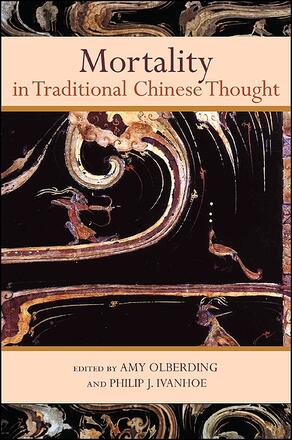
Mortality in Traditional Chinese Thought
Alternative formats available from:
A wide-ranging exploration of traditional Chinese views of mortality.
Description
Mortality in Traditional China is the definitive exploration of a complex and fascinating but little-understood subject. Arguably, death as a concept has not been nearly as central a preoccupation in Chinese culture as it has been in the West. However, even in a society that seems to understand death as a part of life, responses to mortality are revealing and indicate much about what is valued and what is feared. This edited volume fills the lacuna on this subject, presenting an array of philosophical, artistic, historical, and religious perspectives on death during a variety of historical periods. Contributors look at material culture, including findings now available from the Mawangdui tomb excavations; consider death in Confucian, Daoist, and Buddhist traditions; and discuss death and the history and philosophy of war.
Amy Olberding is Associate Professor of Philosophy at the University of Oklahoma. Philip J. Ivanhoe is Reader-Professor of Philosophy at the City University of Hong Kong. His many books include Religious and Philosophical Aspects of the Laozi (coedited with Mark Csikszentmihalyi) and Essays on Skepticism, Relativism, and Ethics in the Zhuangzi (coedited with Paul Kjellberg), both also published by SUNY Press.
Reviews
"…[a] fine volume … There is much to learn and enjoy for readers of all kinds in these eleven essays. " — Dao
"…the volume provides a provocative and multifaceted entry into the study of mortality in traditional Chinese thought … [it] demonstrates the richness of Chinese responses to mortality, inviting scholars to extend the scope of related scholarship beyond what is contained within its pages. " — Mortality
"…critical considerations … do not remotely eclipse the great academic value of this edited book which will, no doubt, very soon become an essential work of reference for all those who are interested in the study of death in Chinese civilization. " — Journal of Chinese Religions